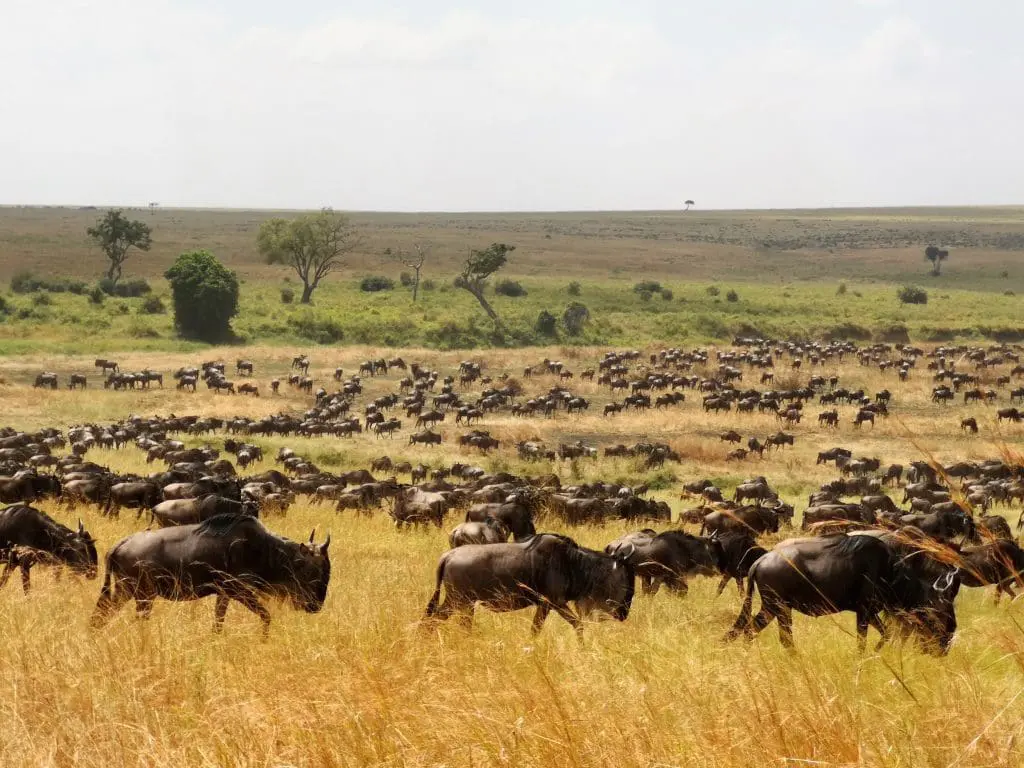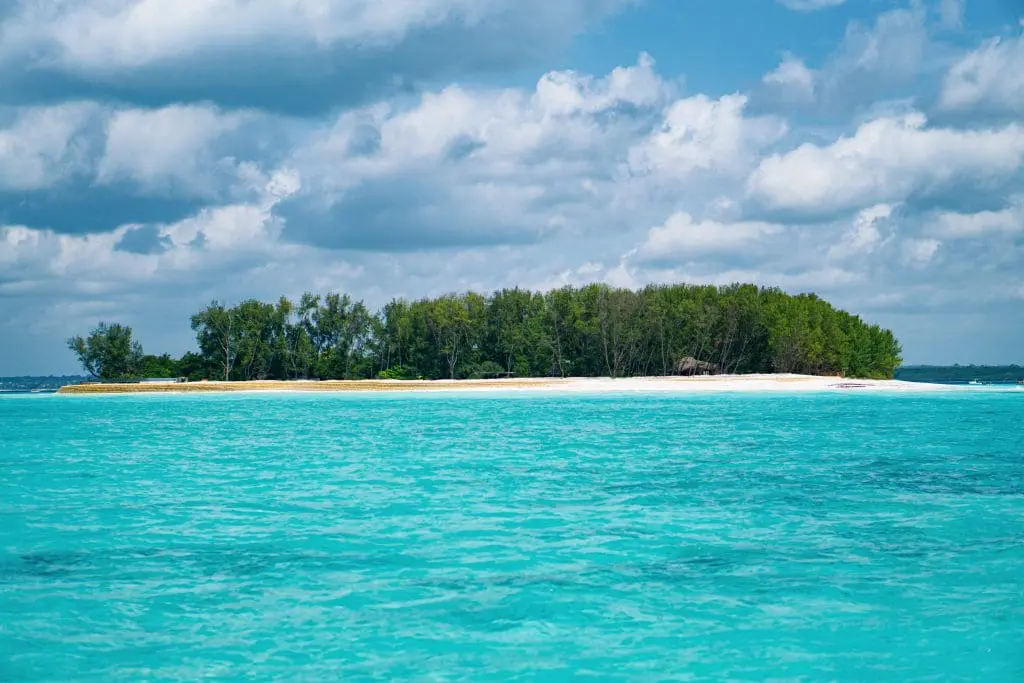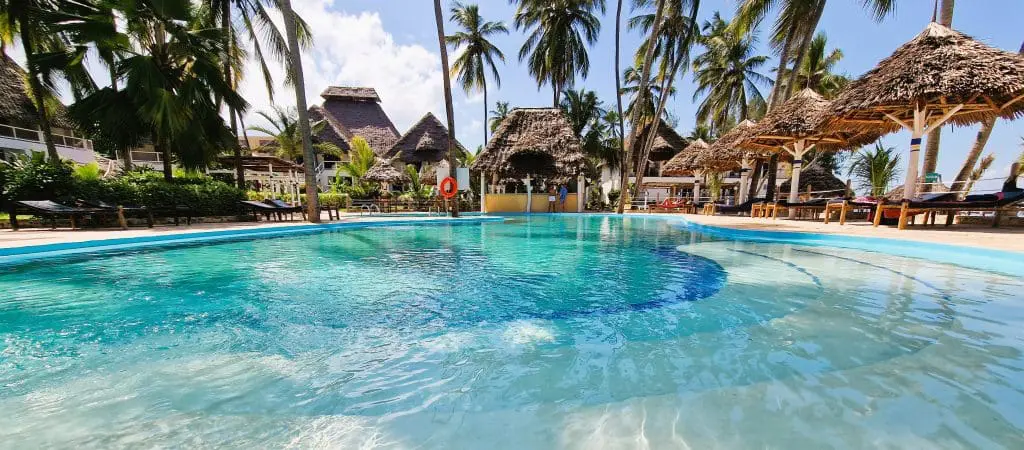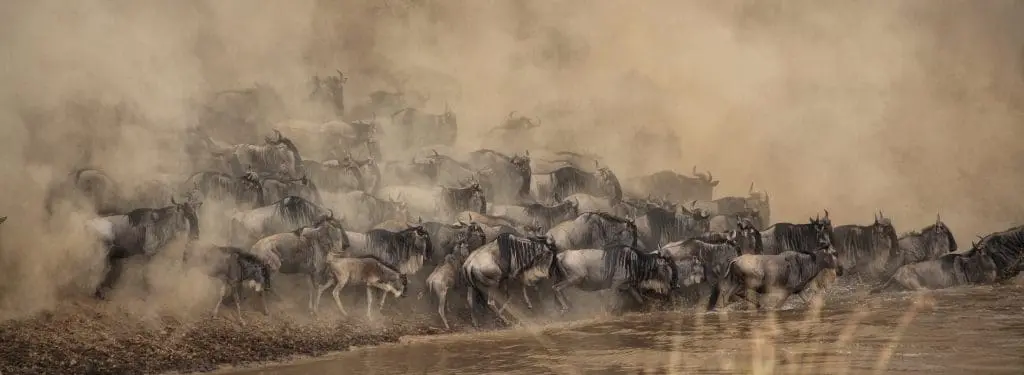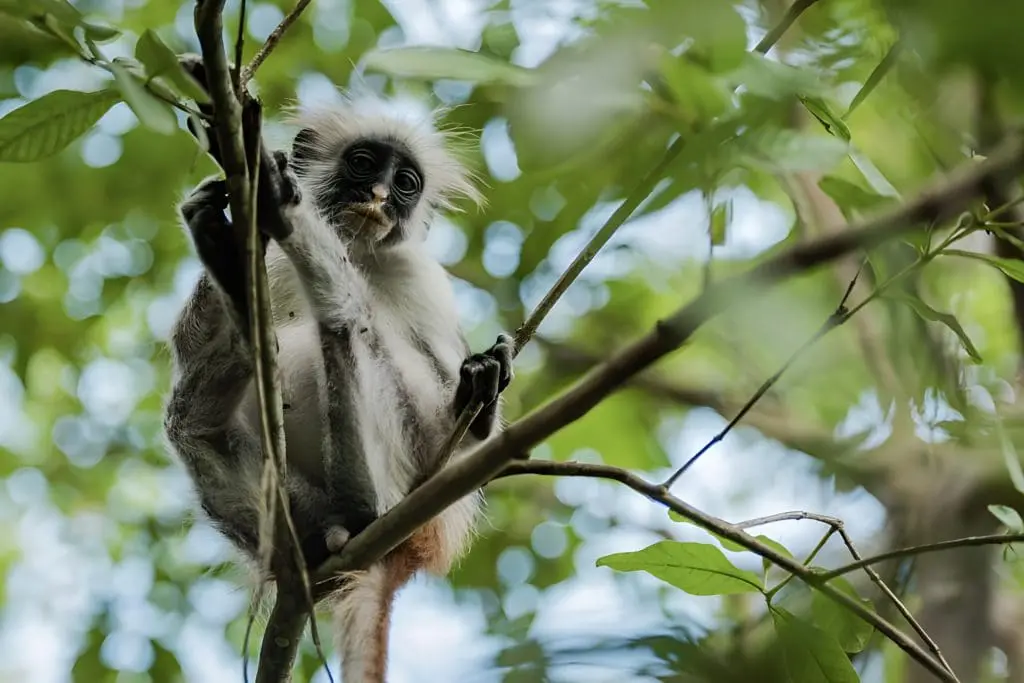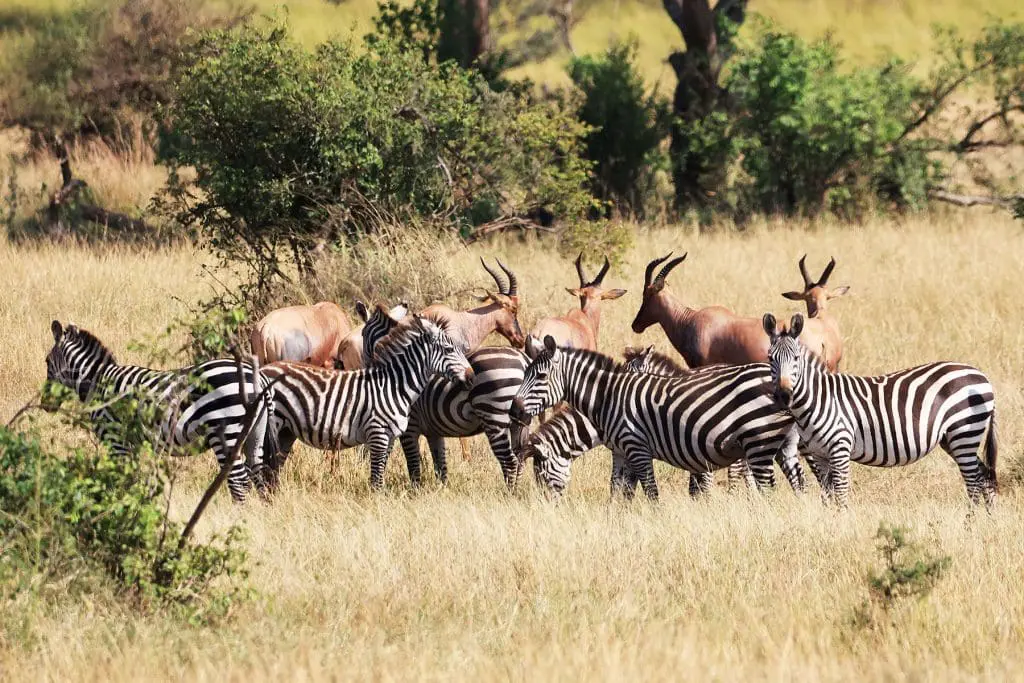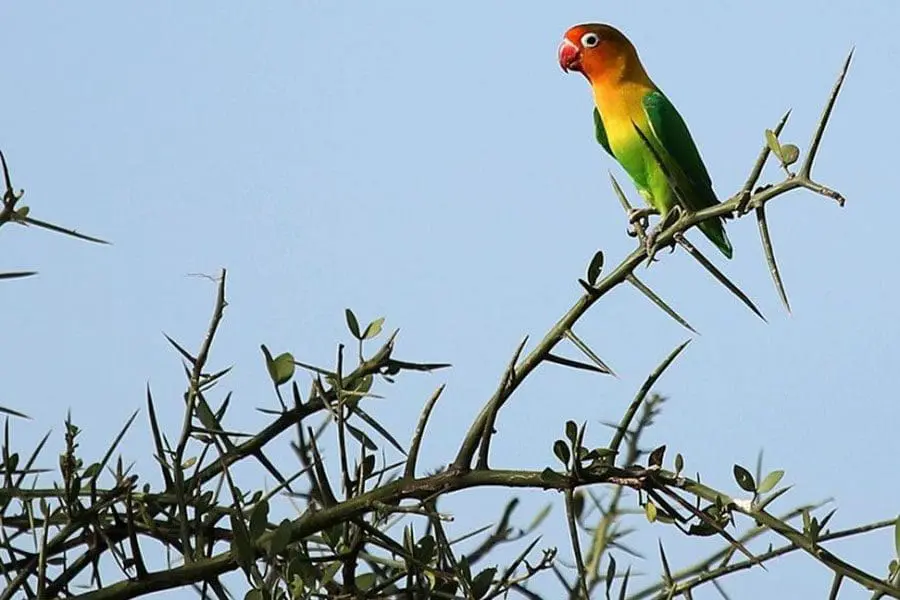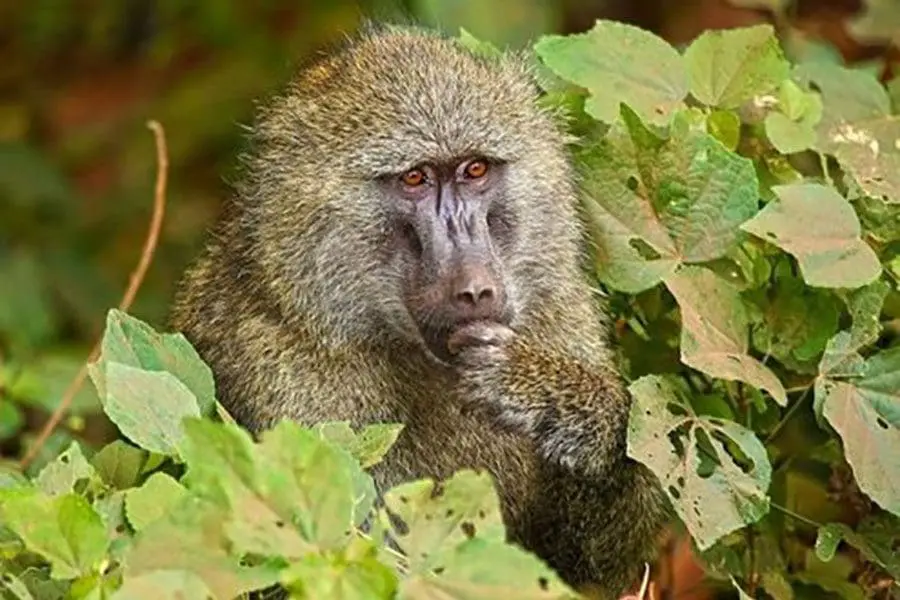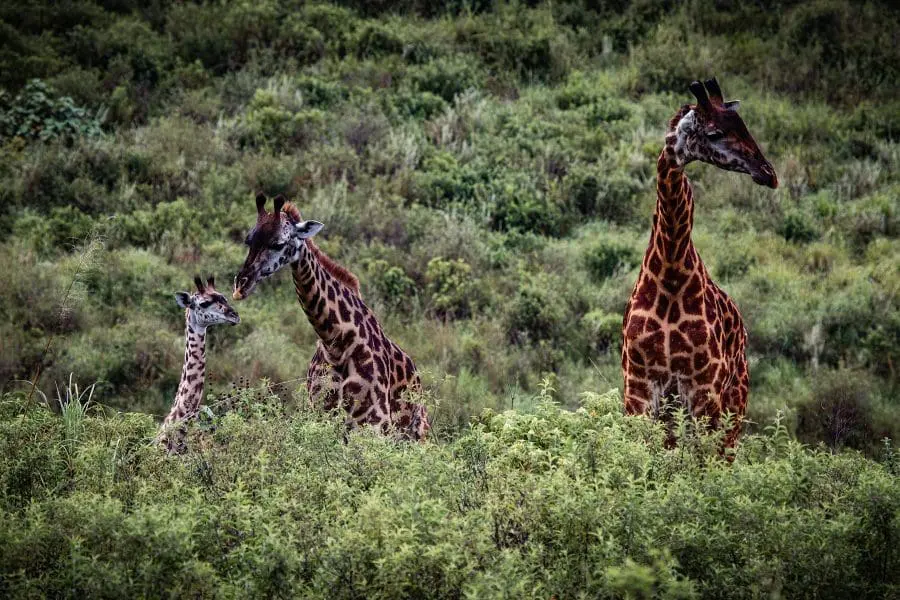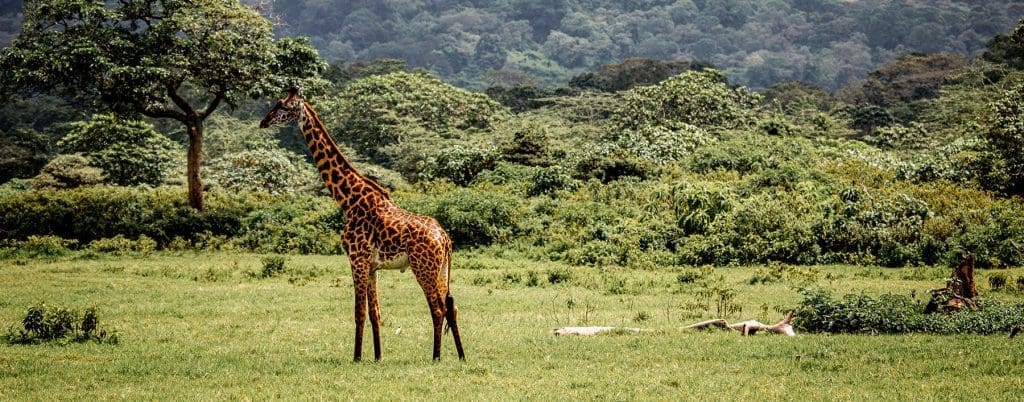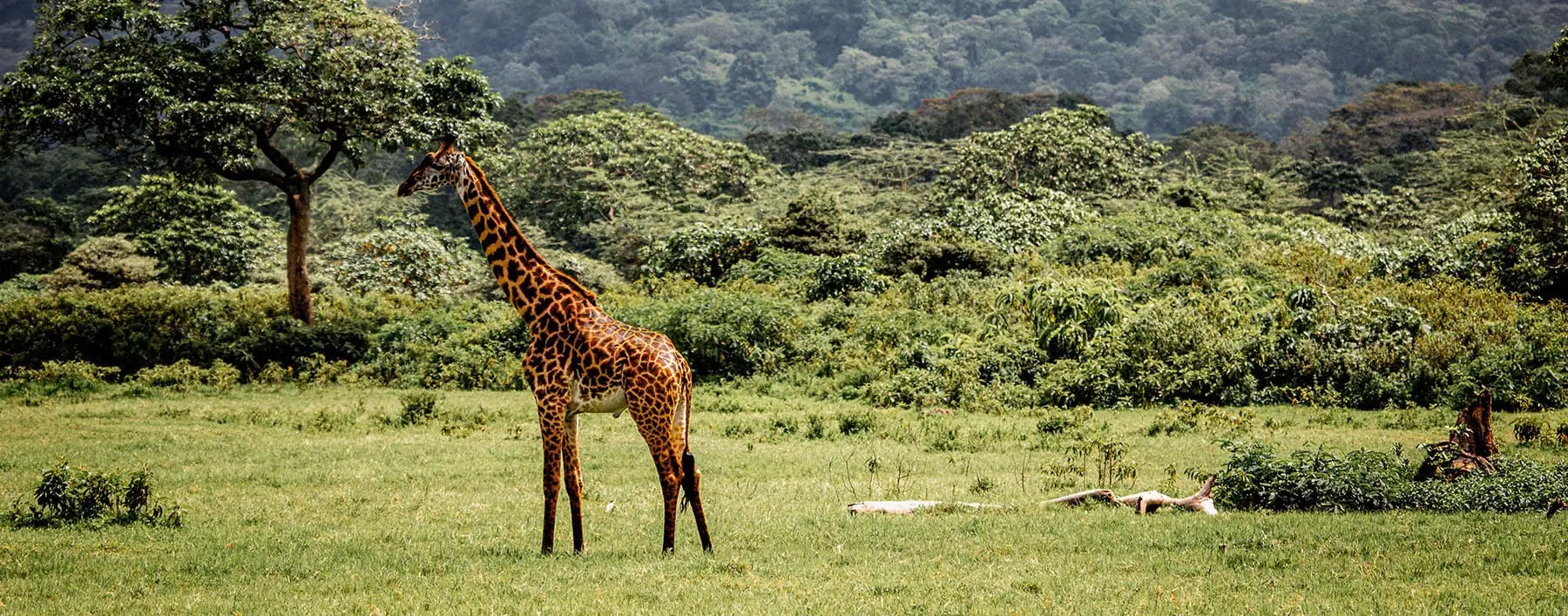
Welcome to
Arusha National Park
To the northeast of Tanzania lies the Arusha Nature Reserve, a true paradise for nature lovers and birdwatchers. Arusha National Park is an ideal sanctuary for a variety of animal species and boasts an astonishing diversity of flora and fauna, adapted to its ever-changing topography. Its landscapes include dense forests, tropical rainforests, swampy areas, and crystal-clear lakes. Among the park’s most iconic inhabitants are giraffes, buffalo, zebra, elephants, leopards, flamingos and more, all living together in this unique and protected environment.
Overview
Arusha National Park covers 137 km² and is located between the majestic peaks of Mount Kilimanjaro and Mount Meru, ascending from 1500 meters in Momella to 4566 meters at the summit of Mount Meru. Established in 1960, the park originally only included Ngurdoto Crater and the Momella lakes, but it was in 1967 that Mount Meru was officially incorporated into the park. Arusha National Park offers a great diversity of landscapes and conditions, which directly influence its flora and fauna.
Recommendations to make the most of this stunning park:
- Flora and fauna: Vary according to the topography.
- Best time to visit: Dry season, from July to March.
- Best months to climb Mount Meru: From June to February (some rain in November).
- Views of Mount Kilimanjaro and Mount Meru: Visible from almost any part of the park on clear days.
- Best views of Mount Kilimanjaro: From December to February.
Location
The Park is only 25 kilometers East of Arusha, 58 kilometers from Moshi and 35 kilometers from Kilimanjaro International Airport (KIA). It is the nearest National Park to both Arusha and Kilimanjaro International Airport and is thereby and easy day trip. From the main road between Arusha and Moshi it is about 10 kilometers to reach Ngurdoto Gate.
Wildlife
The park is home to a diverse resident population of herbivores, primates, and predators, including black-and-white colobus monkeys, baboons, elephants, giraffes, buffaloes, hippos, leopards, hyenas, waterbucks, warthogs, and a wide variety of antelope species. There are no lions in the park, although if you’re lucky, you may spot leopards. The Momella lakes offer many opportunities for birdwatching and Arusha Safari Park is famous for its 400 species of birds, both migratory and resident, such as red-sharks, hamerkops, spur-winged geese, herons, woodpeckers, grey parrots, secretary birds, and many more.
Mount Meru
If you wish to walk along the slopes of Mount Meru or even climb to the summit (Socialist Peak, 4566 m), you will enjoy a variety of landscapes, including plains, swamp forests, and a lava desert. It is mandatory to be accompanied by an armed game warden due to the wild animals. From the summit of Mount Meru, you will have an impressive view of the crater and the eruption cone, 3000 meters below, as well as the vast landscapes surrounding the park, offering a unique and spectacular panorama.
Highlights and FAQ
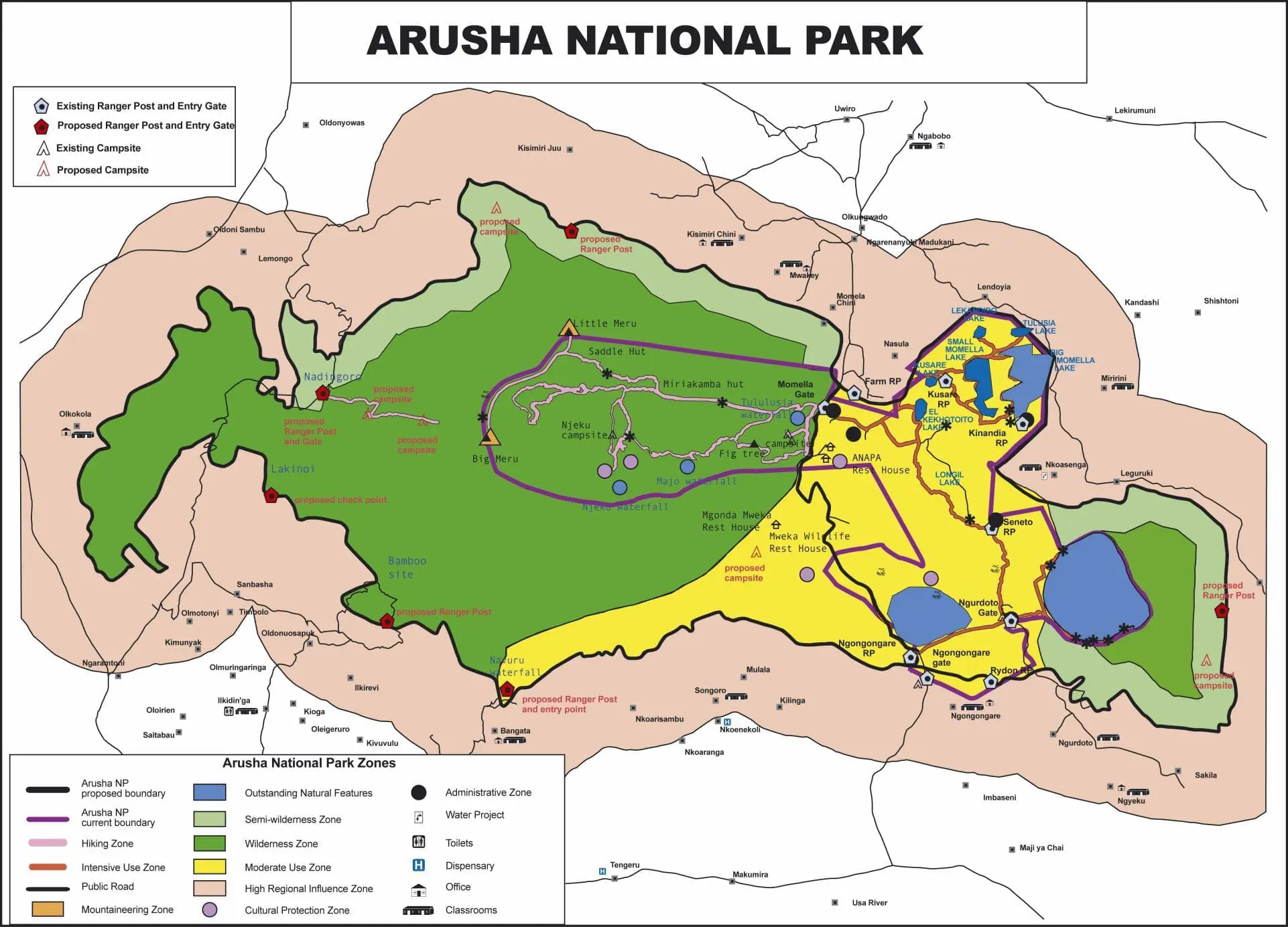
Arusha Park -> Arusha city: ~1h drive
Arusha Park -> Tarangire: ~3h drive
Arusha Park -> Lake Manyara ~2,5h drive
Arusha Park -> Serengeti: ~6h drive
Area: 2.850 km²
Travel: 20 km from Arusha
Established: 1960
Visitors: 67.000 / year
Official Homepage
- Zebra
- Black and white colobus monkey
- Birds (flamingos 150+ other species)
- Hippos
- Buffalo
- Giraffe
- Waterbucks
- Warthogs
- The famous walking Safari with an armed ranger
- 4 days summit of Mount Meru (4566m)
- Cultural city tour of Arusha
- Visit of a nearby coffee plantation
- Visit Lake Duluti and rent a small boat
- Mountain bike tour
- Visit to the central market and/or a curio shop in Arusha
